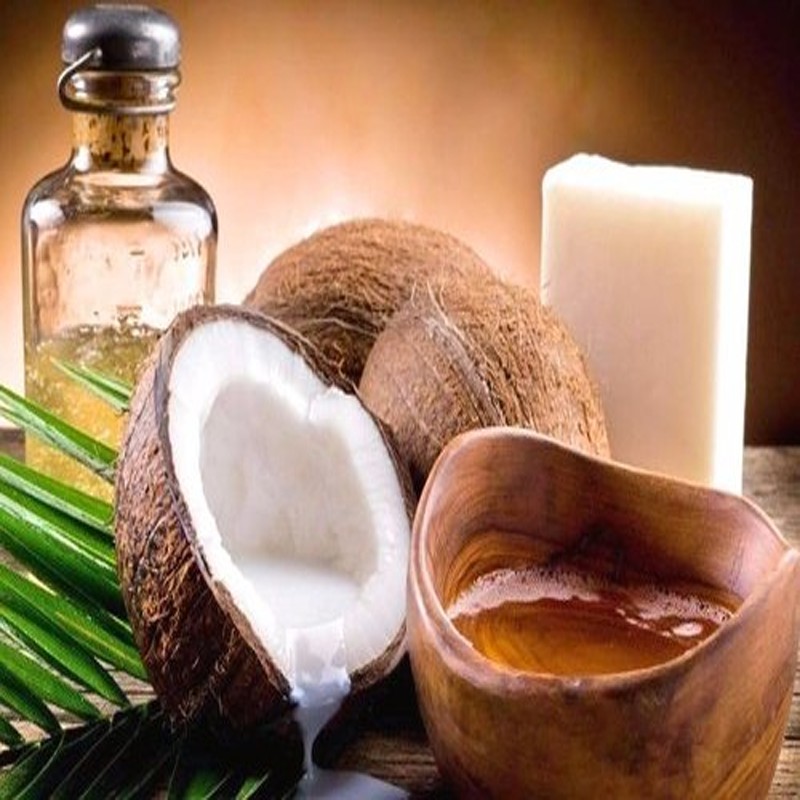
Price :
৳490
Estimated Shipping Time: 3 DAYS
Product SKU: EDq1270zhX
Mild Surfactant: Acts as a gentle cleansing agent, suitable for sensitive skin and hair.
Foam Booster: Enhances lather and foam stability in shampoos, body washes, and facial cleansers.
Viscosity Modifier: Helps adjust the thickness of formulations, improving product texture.
Antistatic Agent: Reduces static electricity, making hair easier to manage and style.
Skin Conditioner: Provides moisturizing and conditioning benefits, leaving skin and hair soft and smooth.
Liquid Cocamidopropyl Betaine (CAPB) is widely used in health and beauty products for its mildness and ability to create a rich foam. It acts as a surfactant and conditioning agent, known for its gentle cleansing and moisturizing properties. CAPB helps in reducing skin irritation and is often found in shampoos, body washes, and skincare products due to its excellent compatibility with other ingredients and skin-friendly nature.
No Review Found.
Login To Comment